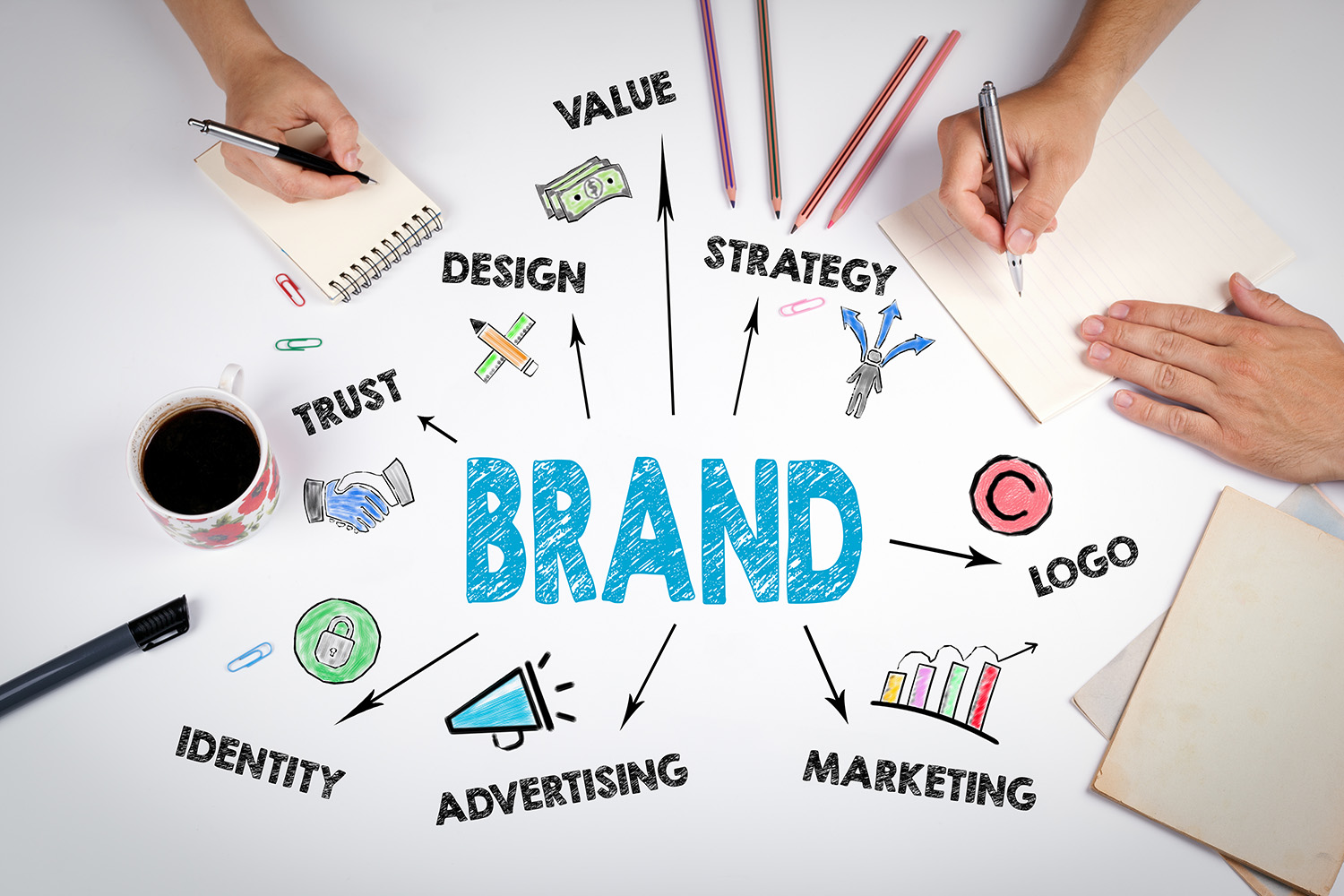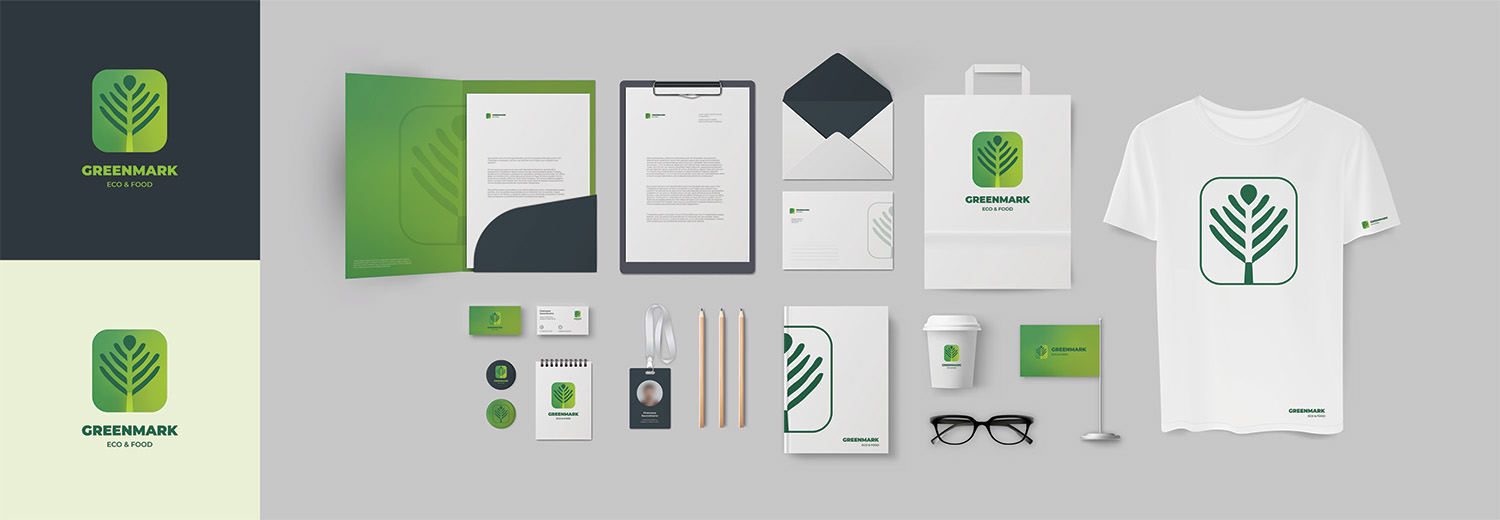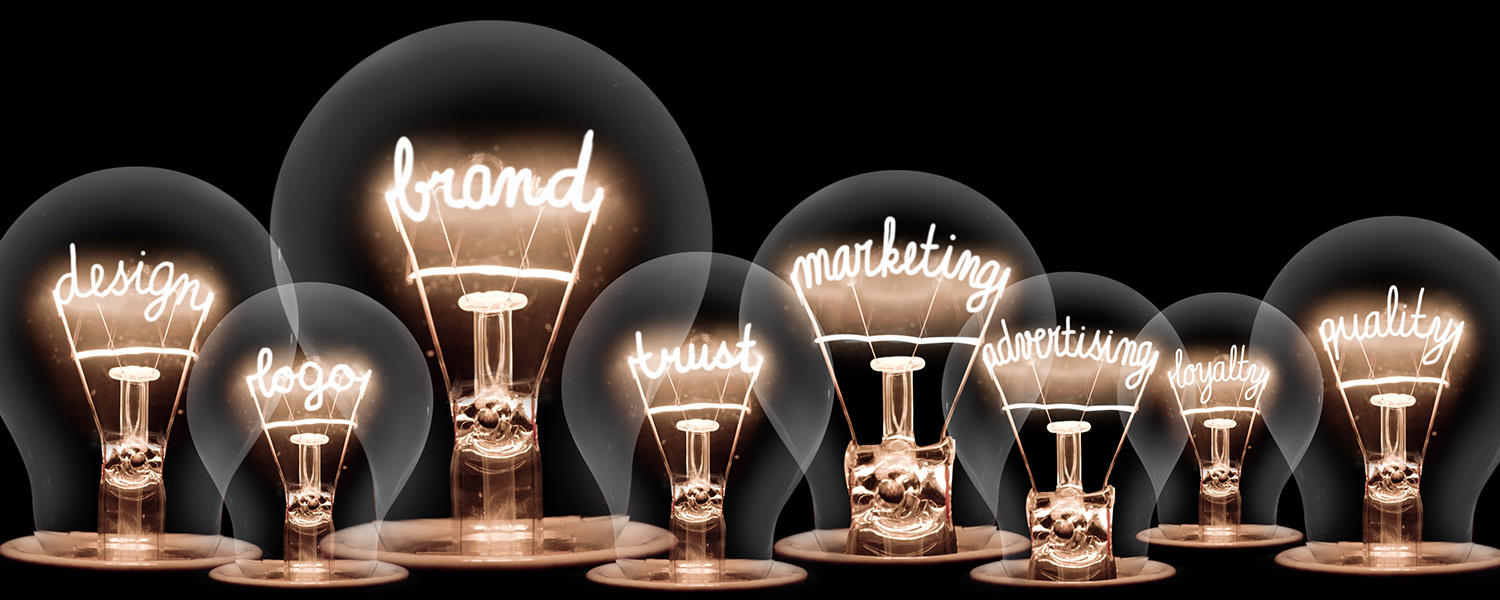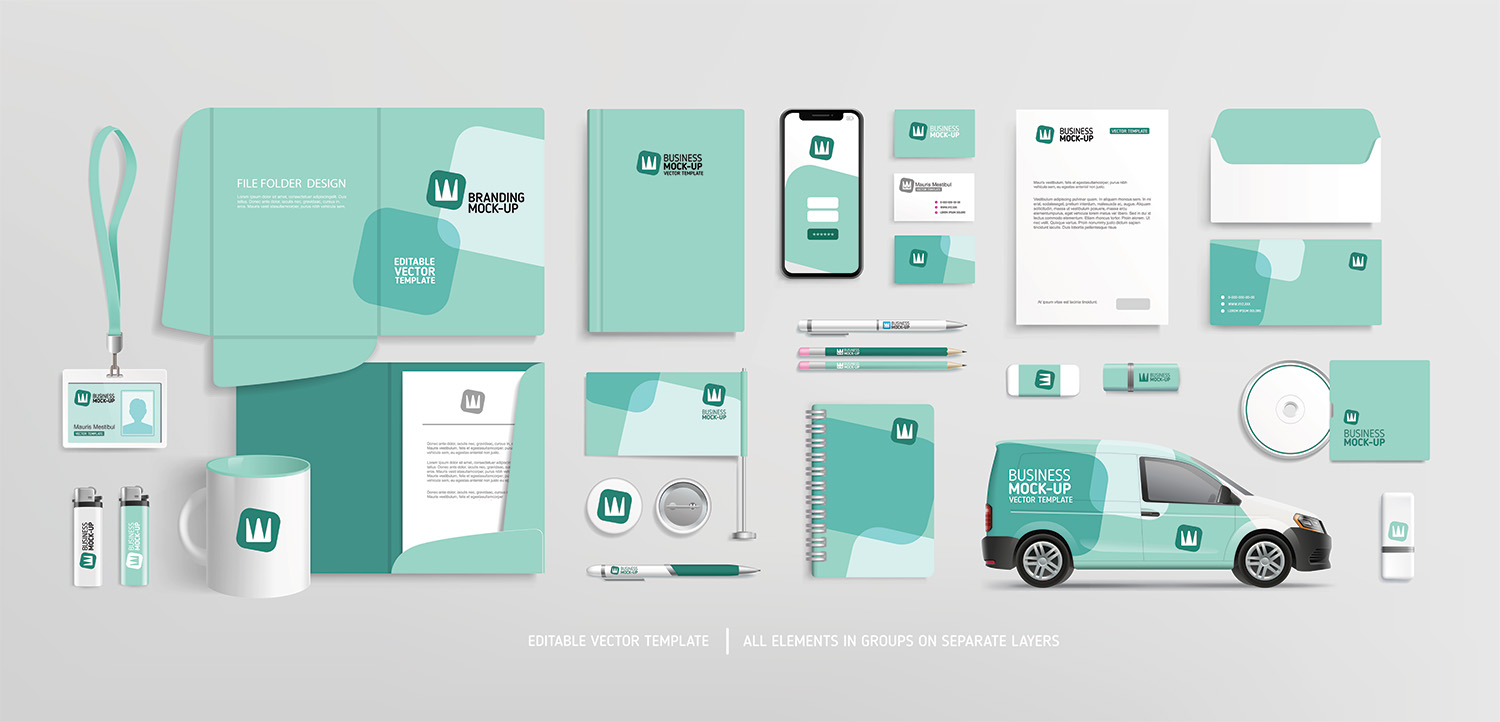
In today's competitive market, creating a strong brand identity is essential for any business looking to stand out and build a loyal customer base. Your brand identity is more than just a logo or a colour scheme; it's the overall perception of your brand by the public. It's what makes your business unique and memorable. This comprehensive guide will walk you through the process of creating a compelling brand identity that resonates with your target audience and supports your business goals.
Brand identity encompasses all the visual and experiential elements that represent your brand. It's how you communicate your brand's values, personality, and promise to your audience. A strong brand identity helps to differentiate your business from competitors and fosters a sense of trust and loyalty among your customers.
Key Components of Brand Identity

Step 1: Define Your Brand's Purpose and Values
Your brand's purpose and values are the foundation of your brand identity. They define why your brand exists and what it stands for.
Identify Your Brand's Purpose Ask yourself:
Establish Core Values
Core values are the principles that guide your business decisions and behaviour. They should resonate with your target audience and align with your brand's purpose.
Step 2: Understand Your Target Audience
Knowing your target audience is crucial for creating a brand identity that resonates with them. Understanding their needs, preferences, and behaviours will help you craft a brand that speaks directly to them.
Create Buyer Personas
Buyer personas are detailed descriptions of your ideal customers. They include demographic information, interests, pain points, and buying behaviours. Creating personas helps you visualise and understand your audience better.
Step 3: Analyse Your Competition
Analysing your competitors can provide valuable insights into what works and what doesn't in your industry. It also helps you identify opportunities to differentiate your brand.
Conduct a SWOT Analysis
A SWOT analysis (Strengths, Weaknesses, Opportunities, Threats) helps you understand your competitive landscape and identify areas where you can stand out.
Step 4: Define Your Brand Positioning
Brand positioning is how you want your brand to be perceived in the minds of your target audience. It involves identifying your unique selling proposition (USP) and crafting a compelling value proposition.
Identify Your USP
Your USP is the unique benefit or feature that sets your brand apart from competitors. It should be clear, compelling, and relevant to your target audience.
Craft Your Value Proposition
Your value proposition is a statement that summaries why customers should choose your brand over others. It should be concise, specific, and focused on the benefits your brand offers.

Step 5: Design Your Visual Identity
Your visual identity includes all the visual elements that represent your brand, such as your logo, colour palette, typography, and imagery. These elements should work together to create a cohesive and recognisable brand image.
Create a Memorable Logo
Your logo is the most recognisable element of your brand identity. It should be simple, versatile, and reflective of your brand's personality and values.
Choose a Colour Palette
Colours evoke emotions and can influence how your brand is perceived. Choose a colour palette that aligns with your brand's personality and resonates with your target audience.
Select Typography
Typography plays a significant role in your brand's visual identity. Choose fonts that are legible, versatile, and reflect your brand's tone and personality.
Develop Imagery and Graphics
Consistent use of imagery and graphics helps to reinforce your brand identity. Choose images and graphic styles that align with your brand's values and appeal to your target audience.
Step 6: Define Your Brand Voice and Tone
Your brand voice is how you communicate with your audience, while your tone adjusts based on the context of the message. Together, they help to convey your brand's personality and values.
Establish Your Brand Voice
Your brand voice should be consistent across all communication channels. Consider whether your brand is formal or casual, friendly or professional, humorous or serious.
Adjust Your Tone as Needed
While your brand voice remains consistent, your tone can vary depending on the context. For example, your tone might be more formal in a press release but more casual on social media.
Step 7: Create Brand Guidelines
Brand guidelines, also known as a brand style guide, ensure consistency in how your brand is presented across all channels. They provide detailed instructions on how to use your brand's visual and verbal elements.
Include Essential Elements
Your brand guidelines should cover the following:
Ensure Accessibility
Make sure your brand guidelines are easily accessible to everyone involved in creating or distributing your brand's content. This helps maintain consistency across all touch points.
Step 8: Implement and Monitor Your Brand Identity
Once you've created your brand identity, it's time to implement it across all your marketing and communication channels. Consistency is key to building a strong and recognisable brand.
Train Your Team
Ensure that everyone in your organisation understands and adheres to your brand guidelines. Provide training and resources to help your team consistently represent your brand.
Monitor and Evaluate
Regularly monitor how your brand is being presented and received. Collect feedback from your audience and make adjustments as needed to ensure your brand identity remains relevant and effective.

Creating a strong brand identity requires careful planning and execution. Here are some common pitfalls to avoid:
1. Inconsistency
Inconsistency in how your brand is presented can confuse your audience and weaken your brand's impact. Ensure that all visual and verbal elements are used consistently across all channels.
2. Overcomplicating Your Logo
A complex logo can be difficult to recognise and reproduce. Aim for a simple and memorable design that clearly represents your brand.
3. Ignoring Your Audience
Your brand identity should resonate with your target audience. Failing to understand their needs and preferences can result in a brand that feels disconnected and irrelevant.
4. Neglecting Brand Guidelines
Brand guidelines are essential for maintaining consistency. Neglecting to create or enforce these guidelines can lead to a disjointed brand presentation.
5. Failing to Evolve
Your brand identity should evolve with your business and market trends. Regularly review and update your brand elements to ensure they remain relevant and effective.

1. Apple
Apple's brand identity is built on simplicity, innovation, and premium quality. Its minimalist logo, sleek product design, and consistent use of clean, modern typography and colours create a strong and recognisable brand.
2. Coca-Cola
Coca-Cola's brand identity is cantered around happiness, tradition, and refreshment. Its iconic red and white colour scheme, classic logo, and consistent use of nostalgic imagery reinforce its brand values and connect with consumers emotionally.
3. Nike
Nike's brand identity is all about performance, inspiration, and empowerment. Its bold logo, dynamic imagery, and motivational messaging create a powerful and aspirational brand that resonates with athletes and active individuals.
Creating a strong brand identity can be a complex process, but there are many tools and resources available to help you along the way:
1. Design Tools
- Adobe Creative Cloud: A suite of design tools, including Photoshop, Illustrator, and InDesign, for creating professional brand elements.
- Canva: An easy-to-use design tool with templates for creating logos, social media graphics, and other brand materials.
2. Colour Tools
- Adobe Colour: A colour wheel and palette generator for creating harmonious colour schemes.
- Coolers: A colour scheme generator that helps you find the perfect palette for your brand.
3. Typography Tools
- Google Fonts: A vast library of free fonts for use in your branding.
- Type wolf: A resource for font recommendations and pairing suggestions.
4. Brand Guidelines Tools
- Fortify: A brand management platform that helps you create, share, and manage brand guidelines.
- Brand folder: A digital asset management tool for organising and sharing your brand assets.
5. Market Research Tools
- SurveyMonkey: A tool for creating and distributing surveys to gather feedback from your audience.
- Google Analytics: A platform for tracking and analysing website traffic and user behaviour.

Creating a strong brand identity is essential for standing out in a competitive market and building a loyal customer base. By defining your brand's purpose and values, understanding your target audience, analysing your competition, and carefully designing your visual and verbal elements, you can create a compelling and cohesive brand identity. Remember to maintain consistency across all channels, avoid common pitfalls, and use available tools and resources to support your branding efforts. With a well-crafted brand identity, you'll be well on your way to establishing a memorable and impactful presence in your industry.

We would love to work with you on your next project or breathe new life into an existing one. Speak to our experts today!
Contact us